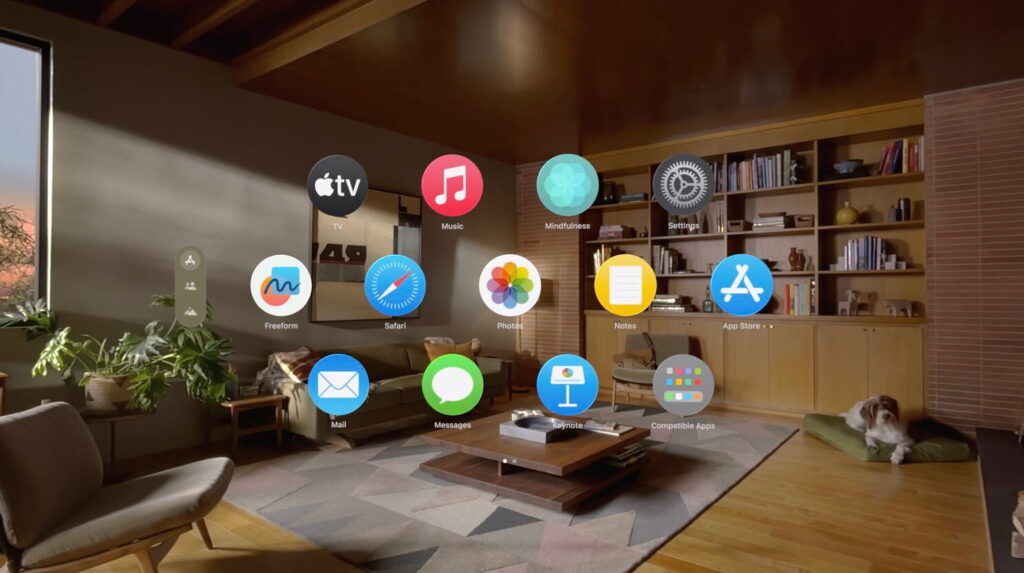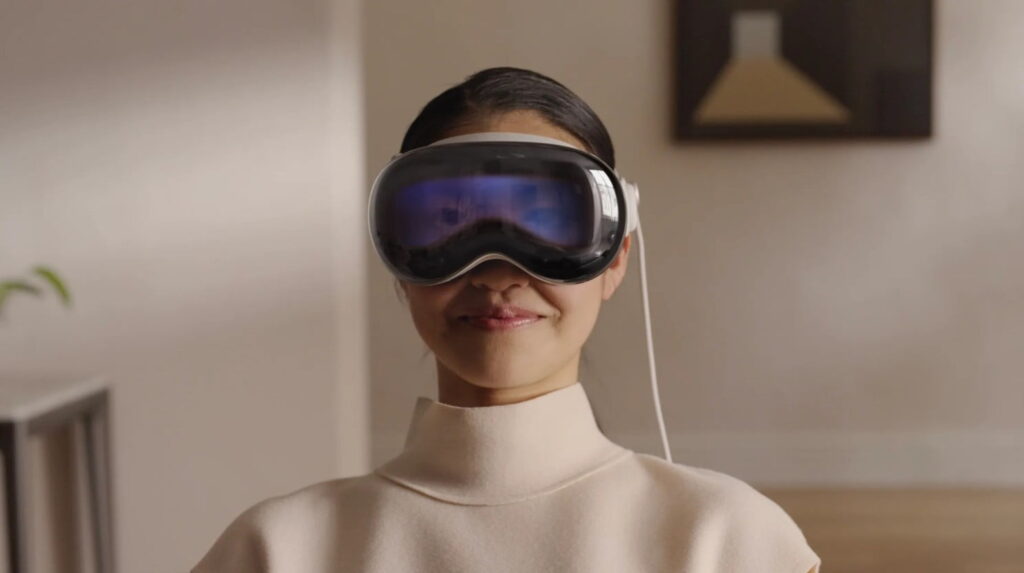The landscape of user interfaces is undergoing a metamorphosis. Flat buttons and static screens are making way for a symphony of AI-powered interfaces, augmented reality (AR), and virtual reality (VR), weaving magic and blurring the lines between the digital and physical worlds. But before you dive headfirst into this exciting realm, let’s go deeper into the pros, cons, and implications for project managers, designers, and user experience researchers (UXRs) navigating this transformative frontier.
Pros: A Kaleidoscope of Possibilities
- Unleashing the power of immersion: Imagine dissecting a virtual frog in a VR biology class, or troubleshooting a complex machine with holographic overlays highlighting key components in AR. These immersive experiences go beyond traditional methods, enhancing understanding, engagement, and knowledge retention in ways never before possible.
- Personalized journeys, tailored to you: Picture chatbots that learn your communication style and adapt responses accordingly, or recommendation engines that suggest products you’ll genuinely love. AI-powered interfaces adapt to individual user preferences and behaviors, fostering a more intuitive and satisfying journey that feels personal and relevant.
- Bridging the gap, empowering all: AR/VR interfaces have the potential to revolutionize accessibility. Imagine individuals with limited mobility virtually exploring museums or those with visual impairments receiving audio descriptions overlaid on real-world objects. This technology can bridge the gap and empower individuals with diverse needs, fostering a more inclusive digital world.
- Data transformed into insightful visions: Complex data sets come alive with AI-powered dashboards and VR simulations. Picture navigating through 3D representations of financial trends or manipulating molecular structures in virtual labs. Data visualization transcends static charts and graphs, leading to clearer insights and better decision-making across various fields.
Cons: Challenges on the Horizon
- Navigating the ethical maze: Bias in AI algorithms can perpetuate harmful stereotypes and discrimination. We must ensure AI-powered interfaces are designed ethically and inclusively, considering diverse user needs and avoiding perpetuating biases that could exacerbate existing inequalities.
- Privacy: A delicate balancing act: User data collection and usage raise concerns about privacy. Transparency and responsible data practices are crucial to building trust and ensuring user well-being. Striking the right balance between personalization and privacy will be key in this evolving landscape.
- Accessibility hurdles: Not just for everyone: AR/VR headsets and sophisticated AI interfaces can be expensive, creating an accessibility gap. Inclusive design principles must be prioritized to avoid widening the digital divide and ensure everyone can benefit from these advancements.
- Technical Hiccups: Ironing out the kinks: Battery life, processing power, and potential motion sickness in VR/AR experiences need to be addressed to ensure optimal user comfort and seamless interaction. Addressing these technical limitations will be crucial for widespread adoption and user satisfaction.
Implications for the Game Changers
- Project Managers: Embrace the Agile: Embrace iterative development and continuous learning. Stay updated on emerging technologies and partner with cross-functional teams (AI specialists, XR developers) to navigate the complexities of these interfaces. Agility and adaptability will be key to success in this rapidly evolving landscape.
- Designers: Beyond pixels, towards experiences: Shift your focus from pixel-perfect screens to crafting holistic experiences that consider both physical and digital environments. User empathy and ethical design principles become even more critical as the lines between these worlds blur.
- UXRs: New frontiers, new methods: Develop new research methods to evaluate immersive experiences. Go beyond traditional surveys and usability testing to understand user emotions, behavior, and cognitive load in AR/VR settings. This will require innovative approaches to ensure optimal user experience in these new frontiers.

Implications for Designers and User Experience Researchers
As AI, AR, and VR continue to reshape the digital landscape, designers and user experience researchers must adapt their methodologies and skillsets to meet the demands of these emerging technologies:
- Collaborative Design: Designing for AI, AR, and VR requires multidisciplinary collaboration, bringing together designers, developers, psychologists, and AI specialists to create holistic user experiences.
- Ethical Considerations: Designers must prioritize ethical considerations in the development of AI-powered interfaces, ensuring transparency, fairness, and accountability in algorithmic decision-making.
- Iterative Prototyping: Rapid prototyping and iterative testing are essential in the development of AI, AR, and VR interfaces, allowing designers to gather feedback and iterate based on user insights.
- User-Centric Design: Despite the allure of cutting-edge technology, designers must remain focused on the needs and preferences of end-users, prioritizing usability, accessibility, and inclusivity in UI design.
Reality Bites: A Glimpse into the Future
- Microsoft Mesh: This mixed reality platform allows collaboration across physical and virtual spaces, blurring the lines between the two and fostering seamless interaction in hybrid work environments.
- OpenAI’s Codex: This AI tool translates natural language descriptions into code, empowering individuals with limited coding experience to create applications. This opens doors for citizen developers and democratizes the creation of technology.
- Meta’s Project Cambria: This upcoming VR headset boasts high-resolution displays and eye-tracking technology, promising a more immersive and natural VR experience. Advancements in hardware will continue to push the boundaries of what’s possible in these virtual worlds.

The Future is Now: Embrace the Transformation
As these technologies evolve, the line between the physical and digital world will continue to blur. By understanding the pros, cons, and implications of AI-powered, AR/VR interfaces, project managers, designers, and UXRs can be at the forefront of creating ethical, inclusive, and impactful experiences that shape the future of human-computer interaction. This transformation is already underway, and those who embrace it will be the ones shaping the exciting possibilities that lie ahead.
Is your next User Interface design becoming a challenge for you?
Some other articles that cover this topic:
- https://www.linkedin.com/pulse/design-spatial-user-interfaces-creating-immersive-space-bora-%C3%B6ztun%C3%A7/
- https://bootcamp.uxdesign.cc/these-5-ar-vr-ui-ux-trends-will-change-the-way-you-design-apps-ebeb13ecd0bd
- https://www.linkedin.com/pulse/how-vision-pro-revolutionize-ux-design-industry-atiqur-rahaman/